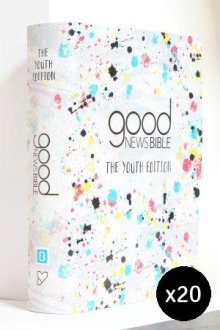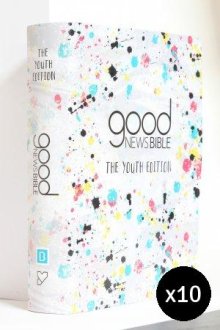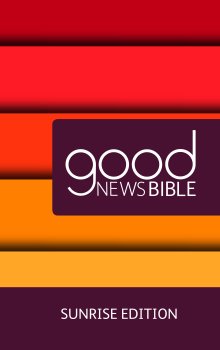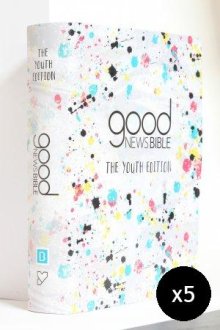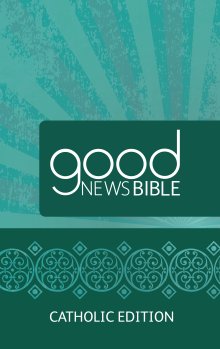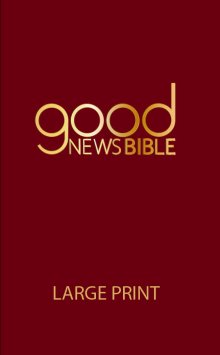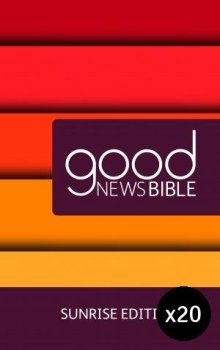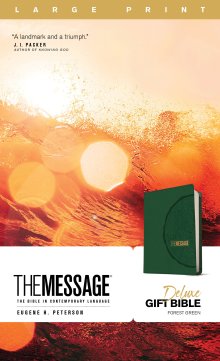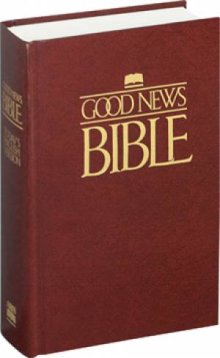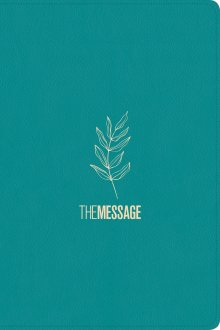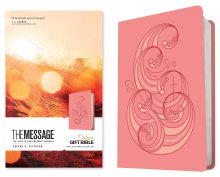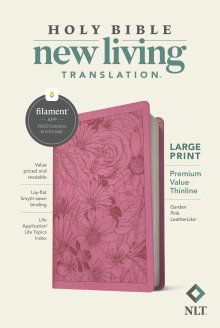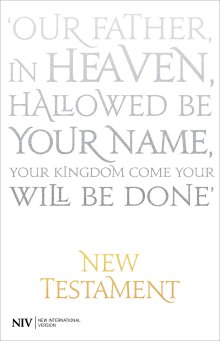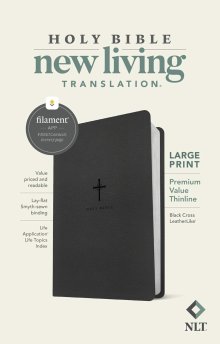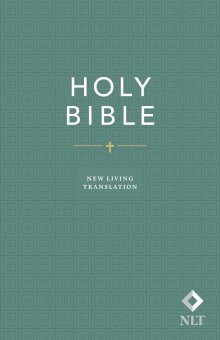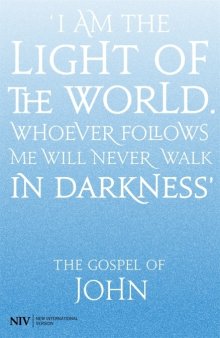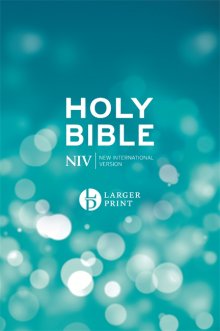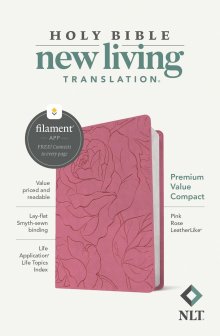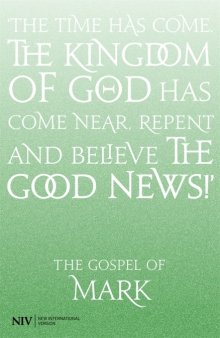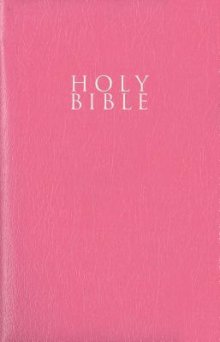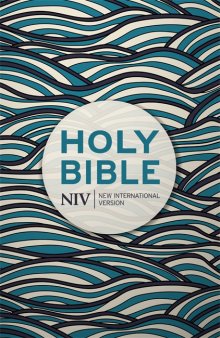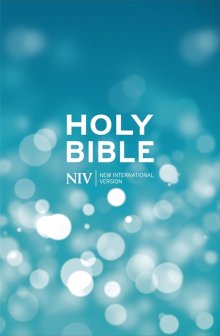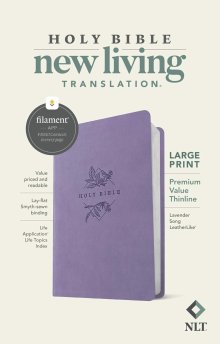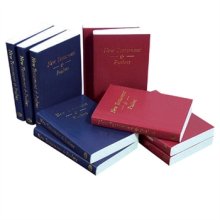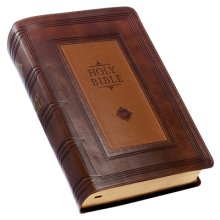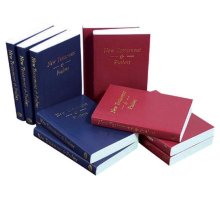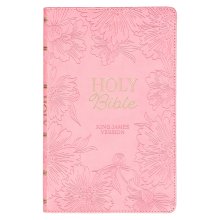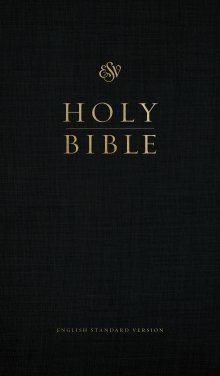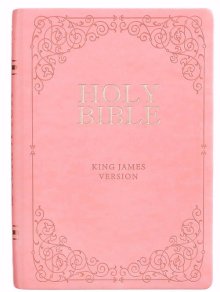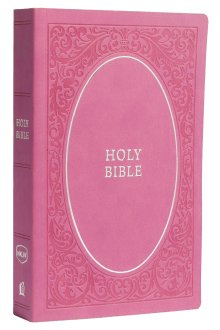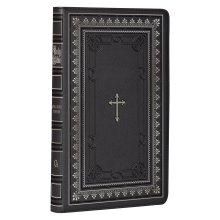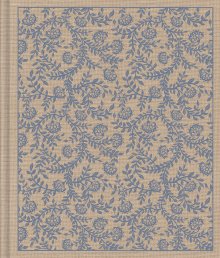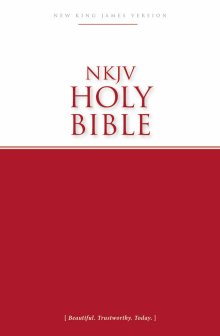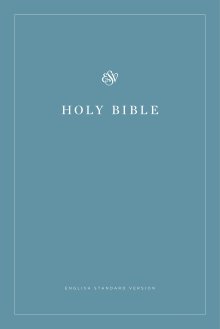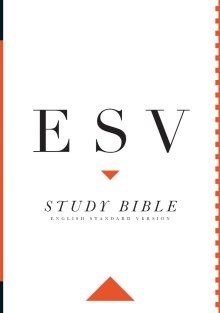Three Questions That Will Help You Find the Perfect Bible.
Aaron Lewendon - Eden Bibles & Bible Study Specialist

So you want to choose a Bible, but aren't sure where to start?
There are just so many. On top of all the different Bible versions, there are features, extras, text sizes, additional books and so much more, not including binding, colours and style. It's almost dizzying that for a book singularly referred to as "The Bible" so many options are on the table.
Buying a new Bible feel overwhelming.
It's time to simplify things.
Distilling the process into three steps, you'll find the Bible that best suits you.*
Question One: What Translation Do I Want?
When discussing different Bible translations, almost everyone puts them onto a spectrum.
At one end are the most literal, and at the other end are paraphrases. The middle section Bibles are called Dynamic Equivalence Bibles, or, Thought-for-Thought translations.
But, no one seems to take the time to explain in simple terms what the benefits are of finding a Bible on different areas of the spectrum. Or even why you are reading the Bible in the first place.
If you know why you want to read the Bible, you will find the answer to which translation is best for you. To help, here are some common reasons why people read the Bible, and the translations that match:
"I want a Bible as a guide for life."
There is deep wisdom in the Bible. Billions have turned to scripture when faced with a problem, or in need of encouragement. If you want a Bible full of guidance, then a Paraphrase Bible translation offers the voice you seek. Paraphrase Bibles use the same language as you or I today. The words, phrases and expressions of scripture are all simple and relatable.
Paraphrases Bible translations include:
- The Message Bible: a highly contemporary Bible
- The Passion Translation: a version that is poetic, vivid and encouraging
- The Living Bible: much loved for its clear, easy-to-read text
"I want a Bible for the whole journey of faith"
We are all on different parts of the journey of faith. Finding a Bible translation for where you are on that road can be tricky - but not as tricky as you might think.
One of the amazing things about the Bible is that it grows with you. It is dynamic. Passages you read one day can change when you read them another time. If you are seeking a Bible that acts as a companion on your journey, then Thought-for-Thought translations are what you need.
Put simply, these Bibles aim to communicate the intent behind the ancient language of scripture. They are compiled by experts in theology, archaeology and language who all work together to understand what is being said in the Bible, and how best to say that in modern language.
Reliable and readable are the keywords for Thought-for-Thought Bibles.
Thought-for-Thought Bible translations include:
- The New International Version: the most popular translation in the world, the NIV is loved for its clear language
- The New Living Translation: a version that strikes more of a balance between accuracy and clarity
- Good News Bibles: the easiest to read of the Though-for-Thought Bibles group
- Christian Standard Bible: the newest of these translations, the CSB strives for the best accuracy and readability
"I want a Bible I can study and trust."
Now for the more literal end of Bible translations: Word-for-Word (or, Formal Equivalence) Bible Translations. These Bibles work to render as faithfully as possible the words of scripture into English. Different Bibles will give different considerations as to how best to achieve this. But these ones, nonetheless, hold fidelity as the ultimate aim.
If you want a Bible that takes you as close to the original scriptures as possible and you don't mind a little more difficulty or complexity in the language used, these Bibles will suit your thorough reading of God's word.
Word-for-word Bible translations include:
- The King James Bible: the classical English language Bible, read consistently for over 400 years
- The English Standard Version: literal and literary, the ESV has become a favourite for study and journaling
- Amplified Bibles: these show how the original scriptures are translated into modern English
By understanding why you want to read the Bible, you will find a clearer road to knowing which Bible you seek.
Question Two: What Kind of Reading Do I Get the Most From?
We all learn in different ways. This applies as much to reading the Bible as it does to work, life and education.
Fortunately, there are plenty of features and extras which match how you learn. Unfortunately, there are a lot of features to choose from.
To help you know the features, extras and formats that will help you get the most from God's word, I've grouped them according to the benefits they provide.
Features for Understanding the Bible
These are the extras that help you connect the different parts of the Bible with its context, meaning and with other parts of the Bible:
- Study Bibles
- Reference Bibles
- Online Content
- Concordances
- Chronological Bibles
Features for Applying the Bible
These are the extras that help you put the Bible into practice:
Features for Engaging with the Bible
There are many different ways of reading and experiencing the Bible. These extras help you experience scripture in new ways:
- Journaling & Wide Margin
- Audio Bible
- Filament
- Illustrations
Features for Ease of Use
The most practical of all, these features aid with navigation and daily use:
- Ribbon Marker
- Thumb Index
- Cross References
- Words of Christ in Red
Features for Visual Enjoyment
"A thing of beauty is a joy for all", and these Bible features help make reading the Bible a special occasion. They are also great considerations if you are buying a Bible as a gift for someone:
- Gilt Edges
- Leather Covers
- Presentation Pages
- Illustrations / Colouring Pages
Question Three: How Big Does the Text Need to Be?
It's no secret that the Bible is a big book. It literally means "books", plural.
Making the Bible fit in the palm of your hand means that the text won't be as large as what you'd find in, say, a novel.
But, there is still plenty of choice in how large your Bible's text is.
The make the choice simple, you can separate the Bible into three groups:
- Regular Text: Any Bible that doesn't advertise as being tailored to easier reading
- Large Print: Any Bible whose text size has been made larger to accommodate ease of reading
- Giant Print: The bulkiest of the group, giant prints are the clearest of all, but are also often the largest of these Bibles too.
(Before we go any further, it needs to be said that Large Print is a relative term. It depends on the size of the Bible's binding. A compact Bible with a large print will likely feature the same text size as a standard size, standard print Bible.)
The most common measurement for text size in Bibles is the Point, or "pt". Without going into the specifics of how big a point is, a good rule of thumb is to assume that anything over 11pt will be clear enough to come under Large Print. 15pt or larger will likely be called Giant Print.
If you have needs that affect the size of your Bible's text, then I would consider exploring the range of Large and Giant Print Bibles on offer. You will find plenty of choices in each Bible translation.
Finding Your Bible
Once you have figured out what Bible version you want, how you want to read and what text size you need, you are ready to find your Bible. To help you, we've created an easy-to-use Bible Finder. Built around those three questions, the Bible Finder is here to help you find the right Bible every time.
*This is just a little footnote to say that there isn't only one Bible alone that suits you. All the different Bible translations bring something unique. Just as English teachers would say "read between the lines", there is value in taking a similar approach with Bible versions: read between the translations. Find the scriptural truths that can come from comparing versions of the Bible.
Latest Blogs

Christian Living
The Art of Fasting - Author Interview with Matthew Porter
In his new book The Art of Fasting, Matthew Porter unpacks how fasting brings us closer to God in an accessible and practical way.

Bibles
The Best-Selling Bible Translations of 2025
Find out the best-selling Bible translations for 2025 in the UK. We break down the popularity of NIV, KJV, ESV, and others, helping you choose your next Bible.
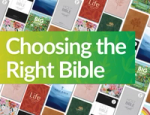
Bible
Choosing The Right Bible
With more than 20 English Language translations each available in 25 or more different editions the choice of Bibles excites and bewilders. Choosing the right Bible for you is important - even if you already have more than one.

Introducing...
Top 10 Hillsong Worship songs
Part of the joy of Top 10 lists is finding out which your favourites made the cut (or didn’t). Here are our 10 absolute favourite songs from the Australian praise supergroup Hillsong Worship.

Bibles
NIV vs. ESV: Which Bible Translation Is Best for You?
Can't decide between the popular NIV and the literal ESV? Our guide breaks down the key differences, shows side-by-side verse comparisons, and helps you choose the perfect translation for your study or devotional needs.

Bibles
The Best Bibles for University Students: A 2025 Guide
Heading to university? Our 2025 guide helps you choose the best Bible for student life, balancing portability, in-depth study features, and budget. Find your perfect study companion.

